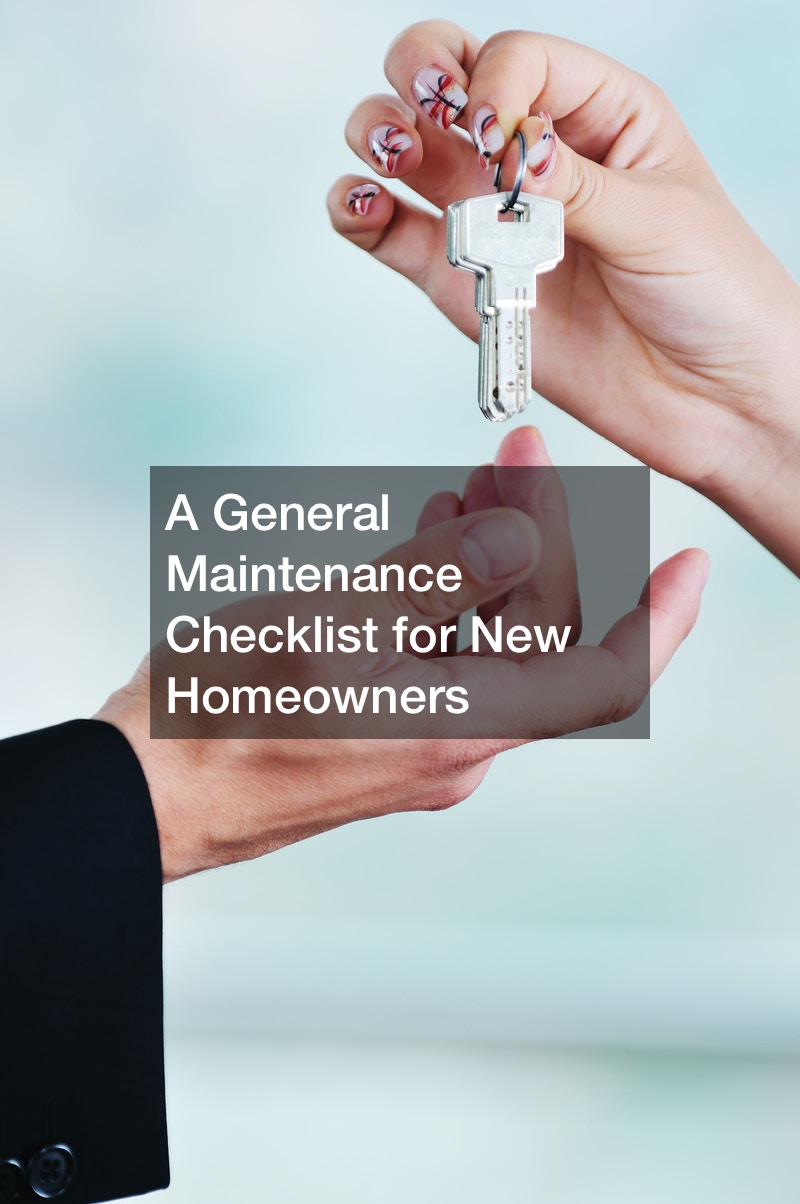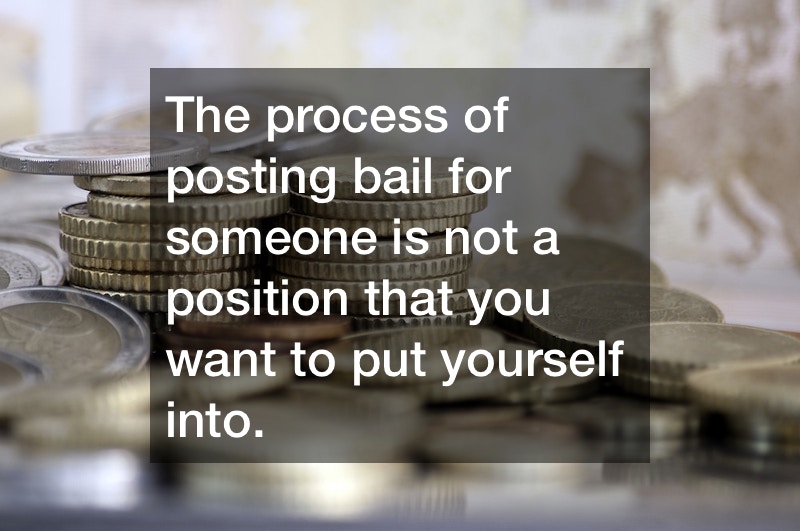
Getting a new home is exciting! There’s so much to do, from installing new appliances and stocking your custom kitchen cabinets to finally filling the space with your furniture. But before you can get to business, you must take time to do a home maintenance checkup.
There are several benefits to performing this check. It can help identify and fix items that may be causing you issues and also serves as an insurance policy for your home. Moreover, a maintenance check will ensure that your home is free of problems that can lead to costly repairs in the future.
We have designed this guide to give new homeowners everything they need to know to do a home maintenance checkup. It will cover a variety of areas that are essential to keeping your home safe and running smoothly.
Appliances
Checking your appliances is a vital aspect of the checklist for new homeowners. Look over the devices for a few minutes when moving into a new home. Look for any issues that may be causing you problems, and figure out what it would cost to repair them.
Check the clothes dryer, dishwasher, microwave/convection oven, range, refrigerator/ice makers, and the washer or dryer.
There will be no significant issues with your appliances at this point. However, the inspection will give you an idea of what they might look like in the future, and it will help to get your mind around how much it may cost to fix them.
If you are planning on keeping any of your appliances for a long time, then take note of any damages and track how much you spend on repairs. This is information you can use when determining whether it is worth fixing or replacing the appliance with a newer model.
Smoke Detectors
The most important item on the checklist for new homeowners is smoke detectors. Chances are, your home will already have some of these installed. However, it’s best to double-check and ensure all of your home’s smoke detectors are working properly. If any of them seem not functioning correctly, you need to seek professional help to determine if they need to be replaced or repaired.
When doing a maintenance checkup, check all smoke detectors and fire extinguishers. It would help if you watched for any issues causing their failure. These include defective units or batteries and broken seals around the unit’s base. Also, check on dead batteries or chargers and wires that are loose and disconnected from the detector.
When checking batteries: check the whole unit, including the cover. You should be able to remove it with one hand and see if there is any corrosion on the unit’s exterior. If you do see deterioration, then you need to replace them.
When checking smoke detectors: there are many different types of sensors. If an alarm does not sound or fails, you must replace it immediately. Check for missing screws that hold batteries in place or loose wires that prevent them from working correctly.
When checking fire extinguishers: check the unit’s seal around the base. If it is damaged, then you will probably need to replace it. Also, look to see if the seals at the handles are cracked and see if they are loose. If they are not secure and free from corrosion, you will need to replace them too.

Electrical System
Your home’s electrical system is a complex series of circuits connecting your lights, appliances, and thermostat with your breaker panel. It’s a system that requires regular maintenance and attention. Because of this, it is also a vital aspect of the checklist for new homeowners. Improper use of, or interference in, this system can lead to severe injuries or even death.
Remember that an electrician must regularly inspect all wires, cables, switches, outlets, and breakers. It can be the first step in ensuring the safety of your home. However, you should still conduct your checkup at least once a year to ensure they are working correctly. Be sure to check on all the switches, outlets, and other electrical devices. Also, look at all your wires, cables, and connections between switches, outlets, and other devices. In addition, don’t forget the outlets in your attic for any signs of wear or damage.
HVAC (Heating/Air Conditioning) System
The heating and air conditioning system is essential to your home’s operation. They are easy to overlook, but they can start to malfunction without your knowledge. This is why it is crucial to review these systems regularly for a few minutes.
A simple home maintenance checkup can ensure that your HVAC systems are running efficiently and safely. It can also help you identify potential issues early enough to save money on repairs.
Be sure to take note of any maintenance issues when you perform a checkup, and determine if they are something you can tackle on your own or if they need to be taken care of by a professional.
To check the operation of your HVAC system, you should inspect for any damage, leaks, or overt signs of neglect. You should also check the ducts for any materials that are rotting, damaged, or worn. And check the vents and exhaust fans for proper operation.
Conduct similar checks if your home uses heat pumps instead of a traditional HVAC system.
Ceiling and Floor Inspections
Ceilings and floors are also essential in the new homeowners’ checklist. They will also require regular maintenance as they age and need repairs. When looking over these areas, review the areas of high traffic and other areas exposed to the elements. Take note of any issues, dings, or scrapes from physical objects hitting walls or the floor. Also, check for loose or broken boards caused by moisture from leaking pipes or damaged wood beams.
Ceilings and floors are also areas prone to mold or other damage if you do not maintain them properly. Note any stains, dents, gouges, or holes that could be signs of moisture or water damage on the surface.
When inspecting your ceilings and floors, you should note any discoloration on walls and ceilings caused by leaking pipes and damage caused by physical objects hitting the surface. The other thing is to look for any exposed beams or support structures. You should also check the finished basement for water damage on the walls, floor, and furniture. Also, check your garage for any stains, holes, or discoloration resulting from the moisture. Finally, look for signs of leaking roof gutters and downspouts.

Water Heating Systems
Water heating systems are also necessary for the checklist for new homeowners. Although they do not require a full-time inspection, you should inspect them regularly so that systems can be removed or added as necessary to meet your family’s requirements.
Water heating systems are similar to HVAC because they have a maintenance schedule. A checkup will ensure that water is being heated properly and circulated where needed.
The steps for a water heater inspection include checking the vent and cap for signs of leakage or damage. It also incorporates looking for any rust or corrosion on the unit’s metal parts. Finally, it involves checking the internal piping for leaks, cracks, or holes.
Exterior Shelter and Structures
The destruction of buildings, homes, and shelters is something that most people cannot imagine. This is why the protection of your home’s exterior should be one of the priorities on your checklist for new homeowners. Even if you are protecting it from natural elements, there are still many steps you need to take to secure your home’s safety in case of a natural disaster.
Roofing
If you have a flat roof, the condition of your roof will determine how well it can protect your home from the elements. The last thing you want is for your roof to leak, so a regular inspection from residential roofers can help prevent these problems. It will also allow you to identify issues before they become more extensive and more expensive to fix.
Gutters and Downspouts
Gutters and downspouts are essential to handling rain runoff from your home’s exterior. It is important to take care of them to do their job correctly. In addition, a homeowner needs to consider their impact on their home’s roof and other exterior structures.
If you notice any leaks or signs of damage on the roof, this indicates that your gutters need repair or replacements. You should regularly check to ensure they are clean and free from debris. When you have problems with your gutters, it’s time to repair them or have them replaced by a professional.
Siding
In your checklist for new homeowners, you must take steps to take care of the new siding on your home. While the siding cannot forever, experts recommend that you replace it at least every 30 years. The best way to ensure this happens is for you to take care of it regularly so that it lasts as long as possible. For instance, ensure you conduct exterior house painting from time to time.
If you notice any signs of damage, cracks, or holes in the siding on your home, there are steps you can take to repair or replace it with the help of professionals.

Garage
The garage is also an essential part of your checklist for new homeowners. You need to ensure proper maintenance of your garage so that it is secure and safe to use. You should also check the garage regularly for signs of damage from improper use, weather, or other factors.
The steps for a garage inspection include ensuring that your garage door opens and closes properly. It also incorporates getting your door serviced by garage door contractors to ensure it operates correctly. You should also check for dents, rust, or corrosion that can impact the door’s function. And check for leaks, dents, and cracks on the base of the door. It is an indication of damage to the tracks or other parts.
Driveway and Sidewalk
It would help if you also incorporated the care of your driveway and sidewalks in your checklist for new homeowners.
If your driveway or sidewalk is cracked or damaged, you should ensure to incorporate concrete paving services to make them as safe and secure as possible. You will also need to replace cracked or missing sections of the sidewalk and resurface it if necessary.
The steps for a driveway inspection include looking for any pavement issues such as cracks, holes, or bumps that can cause the driveway to crack or buckle over time. You should also check for signs of leaking water coming from the driveway. And check for cracks in the wall where utility lines enter your home. Be sure to have these checked regularly by technicians as needed.

Lawn and Garden
The lawn and garden are another vital part of your checklist for new homeowners. In addition to creating a beautiful landscape, the lawn and garden can help protect the foundation and exterior of your home. To achieve this protection, you will need to take care of it regularly so it can last as long as possible.
You should adequately water your lawn so that it stays healthy and green. Too much or too little water can cause damage to the yard either from disease or drying out. Also, do not use chemicals on the lawn if they are not recommended by a professional.
The steps for a lawn and garden inspection include evaluating the condition of your plants to check for signs of damage. And also, check your fence to ensure it is sturdy and in good repair. Regularly call for a fence contractor to check its condition and take care of any issues.
The Bottom Line
As you can see, the checklist for new homeowners is a quick reference guide that you can use to make sure that you protect your home from harm. It will also help you ensure that your new homeowners’ insurance policy covers all the areas that are important to you. This can prevent potential financial losses, injuries, or property damage.



